What is Capital Gain:
Capital gains refer to the profits earned from the sale of a capital asset.
Such profits are considered as income and are subject to taxation. The tax levied on capital gains is known as capital gains tax, which can be categorized as either long-term or short-term, depending on the holding period of the asset.
First, Let’s understand what is Capital Asset:
According to Section 2(14) of Income Tax Act:
“capital asset” means—
(a) property of any kind held by an assessee, whether or not connected with his business or profession;
(b) any securities held by a Foreign Institutional Investor which has invested in such securities in accordance with the regulations made under the Securities and Exchange Board of India Act, 1992 (15 of 1992);
(c) any unit linked insurance policy to which exemption under clause (10D) of section 10 does not apply on account of the applicability of the fourth and fifth provisos thereof,]
but does not include—
(i) any stock-in-trade [other than the securities referred to in sub-clause (b)], consumable stores or raw materials held for the purposes of his business or profession ;
(ii) personal effects, that is to say, movable property (including wearing apparel and furniture) held for personal use by the assessee or any member of his family dependent on him, but excludes—
(a) jewellery;
(b) archaeological collections;
(c) drawings;
(d) paintings;
(e) sculptures; or
(f) any work of art.
it is important to know that : (a) to (f) above are also capital assets.
Explanation.—For the purposes of this sub-clause, “jewellery” includes—
a) ornaments made of gold, silver, platinum or any other precious metal or any alloy containing one or more of such precious metals, whether or not containing any precious or semi-precious stone, and whether or not worked or sewn into any wearing apparel;
(b) precious or semi-precious stones, whether or not set in any furniture, utensil or other article or worked or sewn into any wearing apparel;
(iii) agricultural land in India, not being land situate—
(Here it means Rural Agriculture land is not a capital asset, who comply below conditions to term as rural agriculture land)
(a) in any area which is comprised within the jurisdiction of a municipality (whether known as a municipality, municipal corporation, notified area committee, town area committee, town committee, or by any other name) or a cantonment board and which has a population of not less than ten thousand ; or
(b) in any area within the distance, measured aerially,—
(I) not being more than two kilometres, from the local limits of any municipality or cantonment board referred to in item (a) and which has a population of more than ten thousand but not exceeding one lakh; or
(II) not being more than six kilometres, from the local limits of any municipality or cantonment board referred to in item (a) and which has a population of more than one lakh but not exceeding ten lakh; or
(III) not being more than eight kilometres, from the local limits of any municipality or cantonment board referred to in item (a) and which has a population of more than ten lakh.
Explanation.—For the purposes of this sub-clause, “population” means the population according to the last preceding census of which the relevant figures have been published before the first day of the previous year;
(iv) 6½ per cent Gold Bonds, 1977, or 7 per cent Gold Bonds, 1980, or National Defence Gold Bonds, 1980, issued by the Central Government;
(v) Special Bearer Bonds, 1991, issued by the Central Government ;
(vi) Gold Deposit Bonds issued under the Gold Deposit Scheme, 1999 or deposit certificates issued under the Gold Monetisation Scheme, 2015 notified by the Central Government.
Explanation 1.—For the removal of doubts, it is hereby clarified that “property” includes and shall be deemed to have always included any rights in or in relation to an Indian company, including rights of management or control or any other rights whatsoever.
Explanation 2.—For the purposes of this clause—
(a) the expression “Foreign Institutional Investor” shall have the meaning assigned to it in clause (a) of the Explanation to section 115AD;
(b) the expression “securities” shall have the meaning assigned to it in clause (h) of section 2 of the Securities Contracts (Regulation) Act, 1956 (42 of 1956)
Following points should be kept in mind:
The property being capital asset may or may not be connected with the business or profession of the taxpayer. E.g. Bus used to carry passenger by a person engaged in the business of passenger transport will be his capital asset.
Any securities held by a Foreign Institutional Investor which has invested in such securities in accordance with the regulations made under the Securities and Exchange Board of India Act, 1992 will always be treated as capital asset, hence, such securities cannot be treated as stock-in-trade.
Example 1:
Jethalal purchased a residential house in January, 2020 for Rs. 84,00,000. He sold the house in April, 2023 for Rs. 90,00,000. In this case residential house is a capital asset of Jethalal and, hence, the gain of Rs. 6,00,000 arising on account of sale of residential house will be charged to tax under the head “Capital Gains”.
Example 2:
Bahubali is a property dealer. He purchased a flat for resale. The flat was purchased in January, 2020 for Rs. 84,00,000 and sold in April, 2023 for Rs. 90,00,000. In this case Bahubali is dealing in properties in his normal business. Hence, flat purchased by him would form part of stock-in-trade of the business. . In other words, for Bahubali flat is not a capital asset and, hence, gain of Rs. 6,00,000 arising on account of sale of flat will be charged to tax as business income and not as capital gain.
Types of Capital Assets
Long-Term Capital Asset: Long Term Capital Asset is a Asset other than short term capital asset so to know what is capital asset first understand about short term capital asset.
short-term capital asset” means a capital asset held by an assessee for not more than 36 months immediately preceding the date of its transfer
But in the case of a security (other than a unit) listed in a recognized stock exchange in India or a unit of the Unit Trust of India established under the Unit Trust of India Act, 1963 (52 of 1963) or a unit of an equity oriented fund or a zero coupon bond, the provisions of this clause shall have effect as if for the words “36 months”, the words “12 months” had been substituted:
Also in case of a share of a company (not being a share listed in a recognised stock exchange) or a unit of a Mutual Fund specified under clause (23D) of section 10, which is transferred during the period beginning on the 1st day of April, 2014 and ending on the 10th day of July, 2014, the provisions of this clause shall have effect as if for the words “36 months”, the words “12 months” had been substituted:
Also in the case of Unlisted shares of a company , or an immovable property, being land or building or both, the provisions of this clause shall have effect as if for the words “36 months”, the words “24 months” had been substituted.
So now you understand what is short term capital gain and where the period specified for short term capital asset exceeded, asset will cover in long term capital asset.
in short
Long Term Capital Asset:
- In case assessee own an asset for a duration of more than 36 months, the asset is a long-term capital asset. All Capital Assets except below are covered in this category.
- The below-mentioned assets are considered as long-term assets if they are held for a duration of more than 12 months:
- Zero coupon bonds (not dependent on whether they are quoted or not)
- Unit Trust of India (UTI) units (not dependent on whether they are quoted or not)
- Equity-based mutual funds units (not dependent on whether they are quoted or not)
- Securities that are listed on a stock exchange that is recognized in India. Examples of such securities are government securities, bonds, and debentures.
- Preference shares or equities that are held in a company that is listed on a stock exchange that is recognized in India.
- The below-mentioned assets are considered as long-term assets if they are held for a duration of more than 24 months:
- Unlisted Equity Shares of a company
- Immovable property, being land or building or both
Example:
Ram is a salaried employee. In the month of April, 2015 he purchased a piece of land and sold the same in December, 2023. In this case, land is a capital asset for Ram. He purchased land in April, 2014 and sold in December, 2023 i.e. after holding it for a period of more than 24 months. Hence, land will be treated as long-term capital asset.
How To Calculate Capital Gain:
| Particulars | Amount |
| Full Value of Consideration (Sale Price) | |
| Less: Cost of Acquisition (Purchase price) or Fair Market Value (in case of gifted or inherited capital assets) | |
| Less: Expenditure incurred wholly and exclusively in connection with transfer of capital asset (E.g., brokerage, commission, advertisement expenses, etc.). | |
| Less: Cost of Improvement (if any) |
For long term capital gain Benefit of Index cost of acquisition and improvement is provided for which you should know cost inflation index
Get Cost Inflation Index from Here: https://taxupdates.cagurujiclasses.com/cost-inflation-index-from-f-y-2001-02-to-f-y-2023-24/#more-1903
For computation of indexed cost of acquisition following factors are to be considered:
- Year of acquisition/improvement
- Year of transfer
- Cost inflation index of the year of acquisition/improvement
- Cost inflation index of the year of transfer
Formula for indexed cost of acquisition :
Cost of acquisition × Cost inflation index of the year of transfer of capital asset
Cost inflation index of the year of acquisition
Example:
Mr. Ram purchased a piece of land in May, 2006 for Rs. 84,000 and sold the same in April, 2022 for Rs. 10,10,000 (brokerage Rs.10,000). What will be the taxable capital gain in the hands of Mr. Raja? Computation of capital gain will be as follows :
| Full value of consideration (i.e., Sales consideration of asset) | 10,10,000 |
| Less: Expenditure incurred wholly and exclusively in connection with transfer of capital asset (brokerage) | 10,000 |
| Net sale consideration | 10,00,000 |
| Less: Indexed cost of acquisition (*) | 2,27,902 |
| Less: Indexed cost of improvement, if any | Nil |
| Long-Term Capital Gains | 7,72,098 |
84000*331/122 = 227902/-
Tax on Capital Gain:
Tax on Long Term Capital gain Tax:
Generally, long-term capital gains are charged to tax @ 20% (plus surcharge and cess as applicable), but in certain special cases, the gain may be (at the option of the taxpayer) charged to tax @ 10% (plus surcharge and cess as applicable).
The benefit of charging long-term capital gain @ 10% is available only in following cases:
1) Long-term capital gains arising from sale of listed securities and it exceeds Rs. 1,00,000 (Section 112A);
2) Long-term capital gains arising from transfer of any of the following asset:
- Any security (*) which is listed in a recognised stock exchange in India;
- Any unit of UTI or mutual fund (whether listed or not) ($); and
- Zero coupon bonds
(*) Securities for this purpose means “securities” as defined in section 2(h) of the Securities Contracts (Regulation) Act, 1956. This definition generally includes shares, scrips, stocks, bonds, debentures, debenture stocks or other marketable securities of a like nature in or of any incorporated company or other body corporate, Government securities, such other instruments as may be declared by the Central Government to be securities and rights or interest in securities.
($) This option is available only in respect of units sold on or before 10-7-2014.
Brief:
| Particulars | Tax Rate |
| Sale of Listed securities | 10% of the amount which is more than Rs.1 lakh |
| Other than above | 20% |
Important note: This concessional rate of 10 per cent will be applicable if:
a) in a case of an equity share in a company, securities transaction tax has been paid on both acquisition and transfer of such capital asset; and
b) in a case a unit of an equity oriented fund or a unit of a business trust, STT has been paid on transfer of such capital asset.
The cost of acquisitions of a listed equity share acquired by the taxpayer before February 1, 2018, shall be deemed to be the higher of following:
a) The actual cost of acquisition of such asset; or
b) Lower of following:
(i) Fair market value of such shares as on January 31, 2018; or
(ii) Actual sales consideration accruing on its transfer.
The Fair market value of listed equity share shall mean its highest price quoted on the stock exchange as on January 31, 2018. However, if there is no trading in such shares on January 31, 2018, the highest price of such share on a date immediately preceding January 31, 2018 on which trading happens in that share shall be deemed as its fair market value.
In case of units which are not listed on recognized stock exchange, the net asset value of such units as on January 31, 2018 shall be deemed to be its FMV.
In a case where the capital asset is an equity share in a company which is not listed on a recognised stock exchange as on 31-1-2018 but listed on the date of transfer, the cost of unlisted shares as increased by cost inflation index for the financial year 2017-18 shall be deemed to be its FMV.
Long-term capital gains arising from transfer of specified asset:
A taxpayer who has earned long-term capital gains from transfer of any listed security or any unit of UTI or mutual fund (whether listed or not), not being covered under Section 112A, and Zero coupon bonds shall have the following two options:
a. Avail of the benefit of indexation; the capital gains so computed will be charged to tax at normal rate of 20% (plus surcharge and cess as applicable).
b. Do not avail of the benefit of indexation; the capital gain so computed is charged to tax @ 10% (plus surcharge and cess as applicable).
The selection of the option is to be done by computing the tax liability under both the options, and the option with lower tax liability is to be selected.
Deductions under sections 80C to 80U and LTCG
No deduction under sections 80C to 80U is allowed from long-term capital gains.
Short Term Capital Gain Tax:
| Particulars | Tax Rate |
| Securities on which STT is paid | 15% |
| other than above | The gain is added to the income tax returns that must be filed, and the amount will be based on the income tax slab |
Join our Practical Income Tax, ITR & TDS Course:
with lifetime validity: https://cagurujiclasses.com/courses/practical-course-income-tax-itr-tds/
With limited validity: https://studywudy.com/courses/incometax/
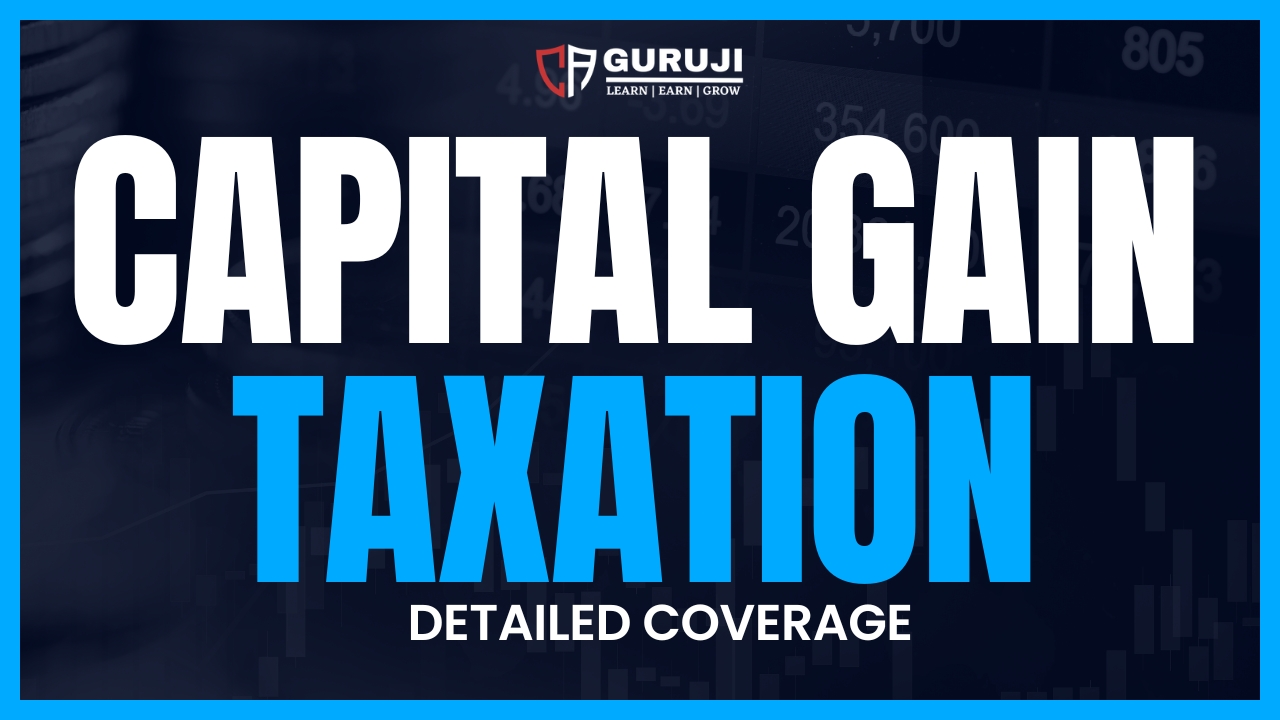

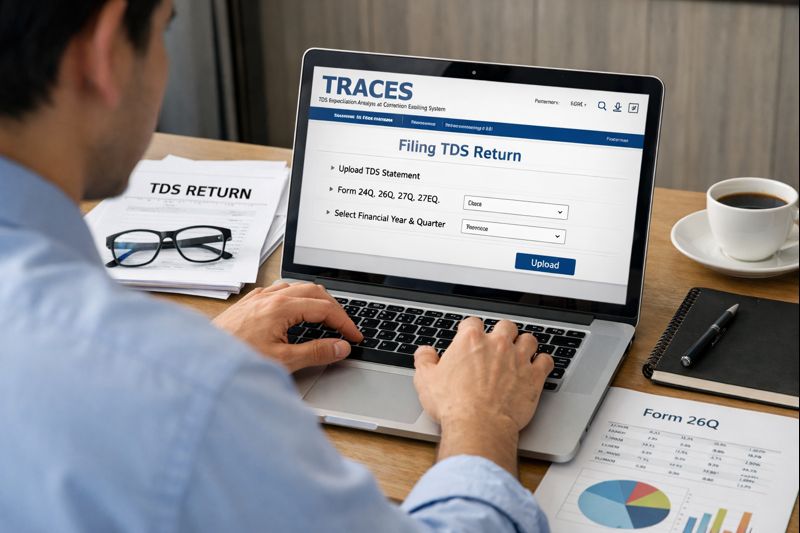
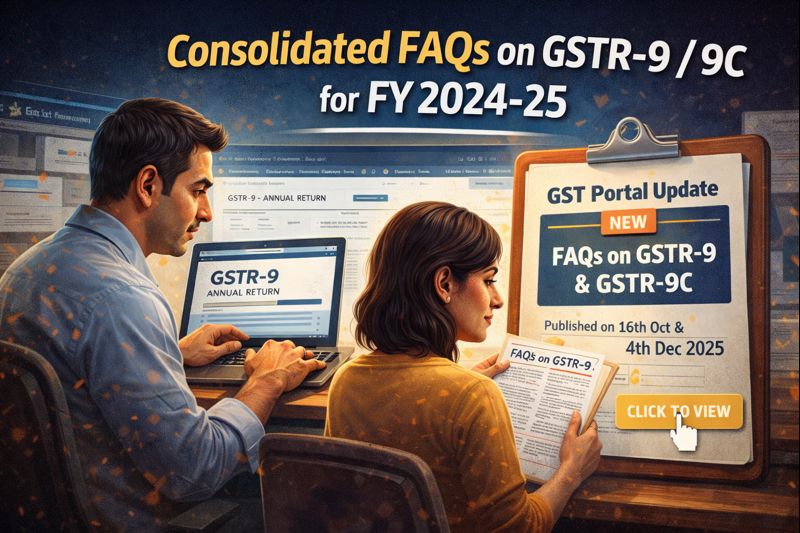
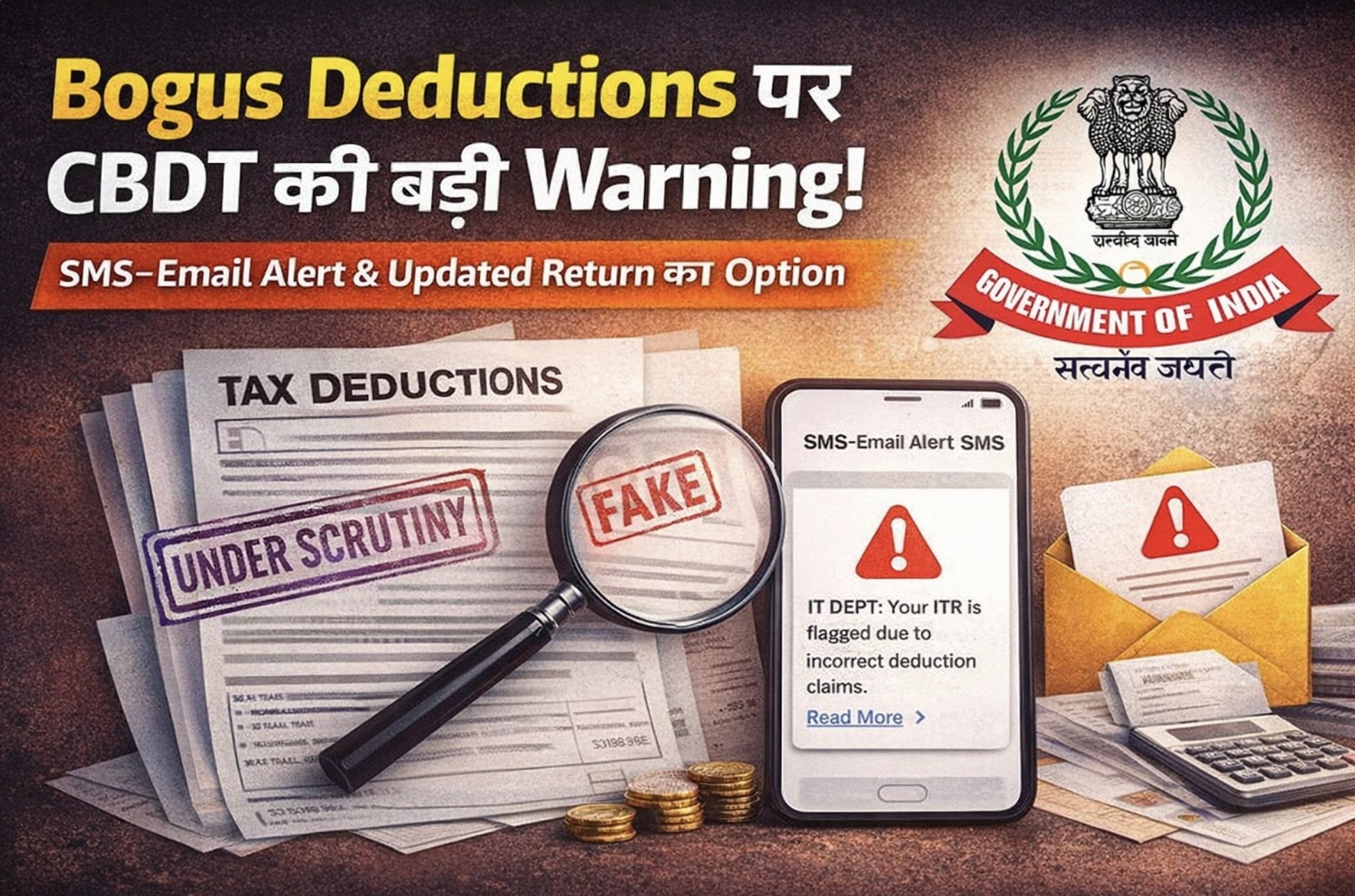
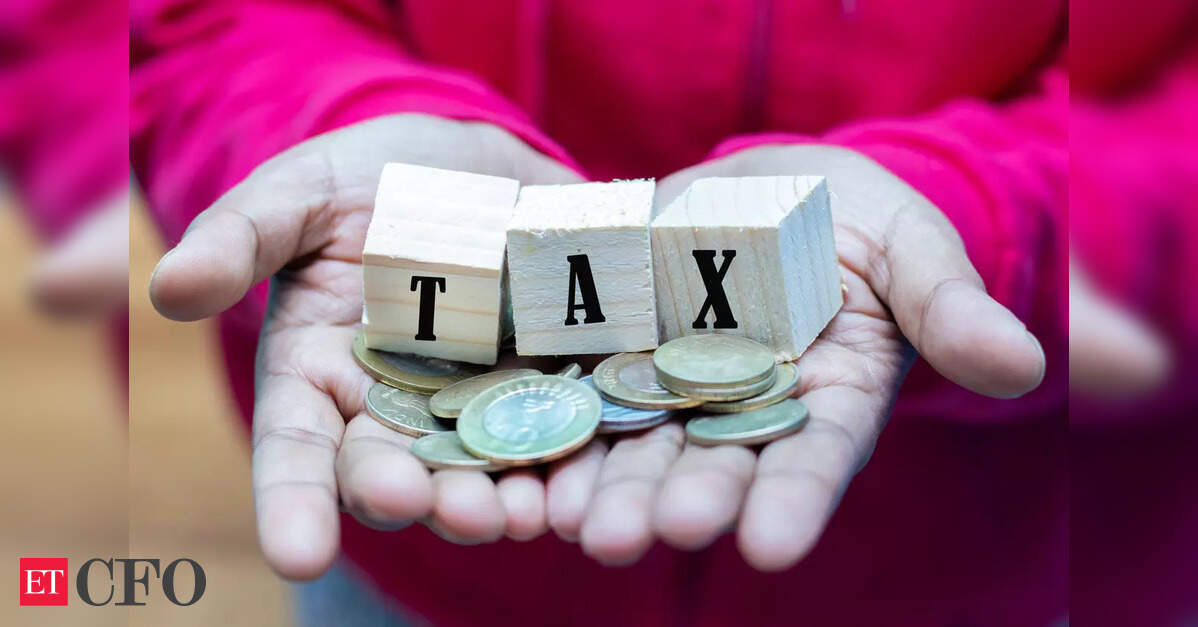

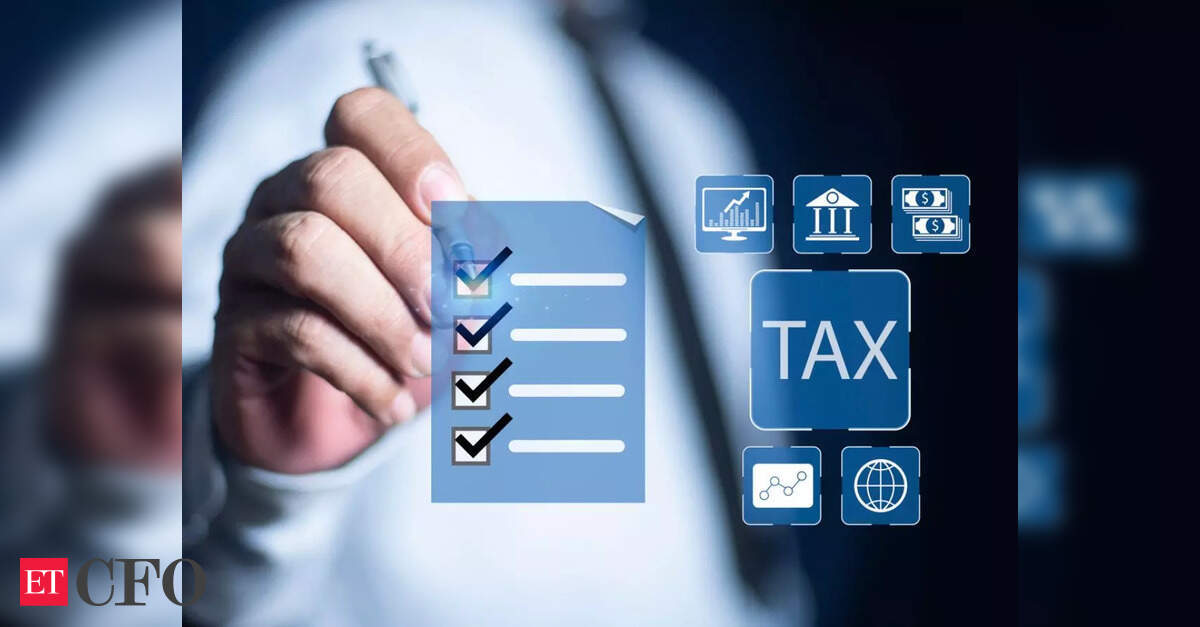
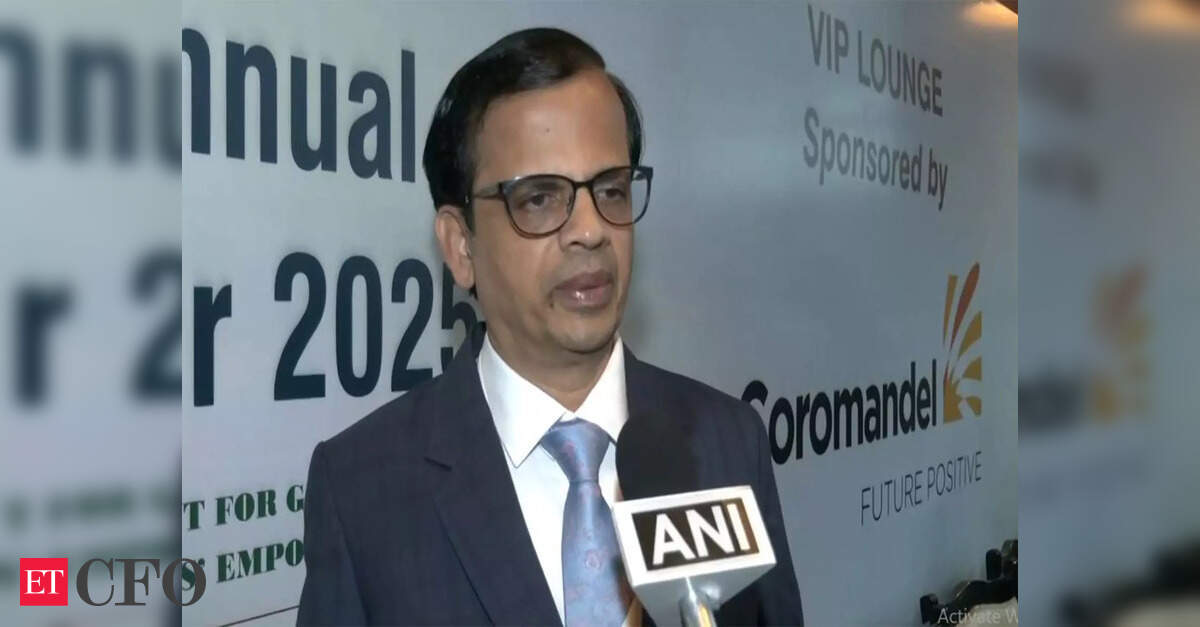



If someone have capital gains of short term 4 lakh or above 5 lakh or above 7 lakh then what will bhe pay the tax??
15% TAX